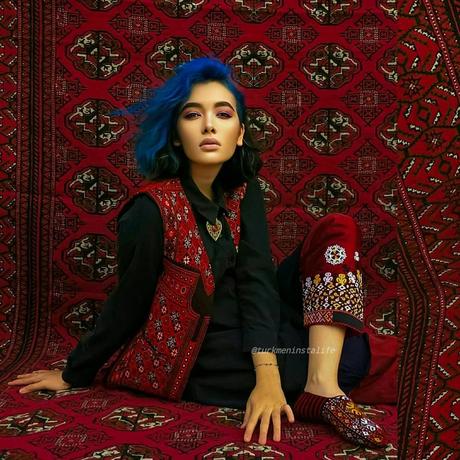 Hero: IG @turkmenistalife
Hero: IG @turkmenistalife Fashion is a powerful form of self-expression and can be found in every corner of the world.
There are so many different cultures with unique perspectives on fashion, it can be fun to learn about the differences between them.
Let's look at six distinct regions and how those areas express themselves through style.
Central Asia
Central Asian fashion is famous for its focus on traditional clothing such as kaftans, tunics or loose trousers, usually featuring geometric patterns in bright red and other vibrant colors.

Kaftan is now so popular that hardly anybody thinks of it as something special to a region. Still, the rich vibe is there when it's in the right pattern and paired with statement jewelry pieces like large necklaces or earrings.
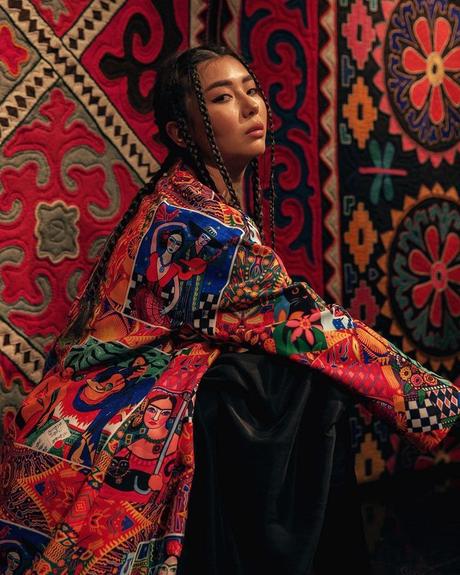
It's this combination of modest clothing and bold accessories that creates an alluring and sophisticated mood, without subscribing to the current trend of streamlined minimalism.
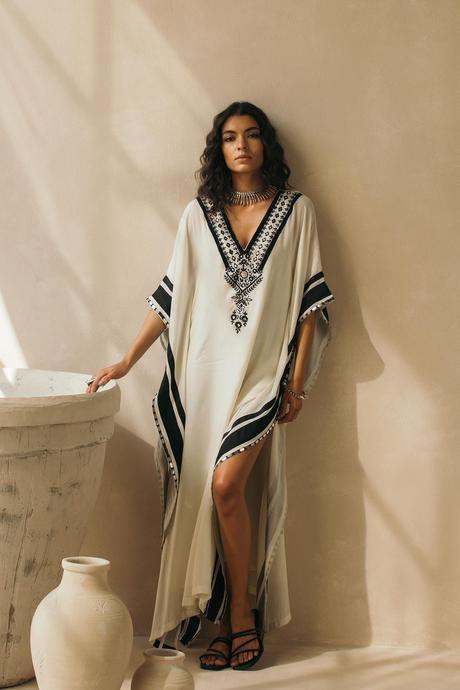
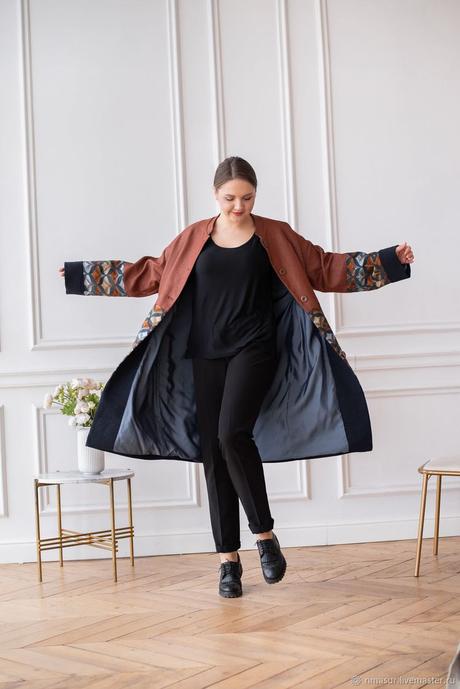
North America
In North America, clothing is more casual overall compared to other parts of the world. Denim jeans, t-shirts and sneakers have been popular for decades.
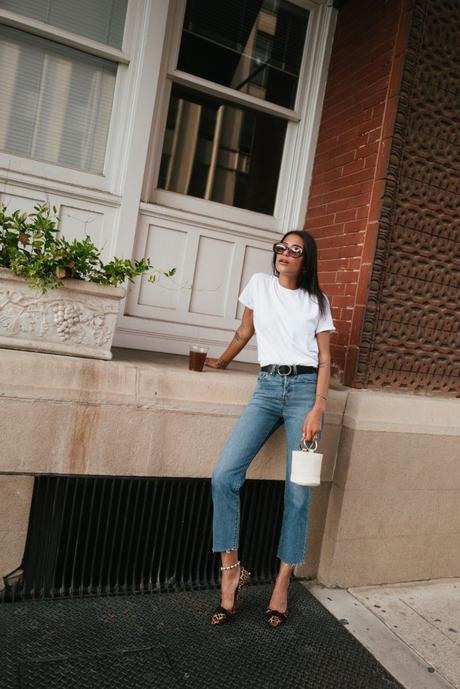
Trends come and go quickly here, but there is a strong focus on comfort and durability when it comes to fashion.
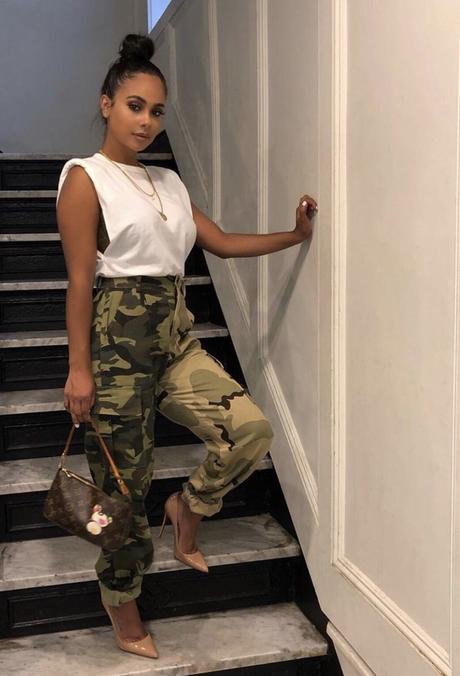
Latin America
Latin American fashion has a mix of traditional styles and modern trends. These styles obviously vary a lot by country: The native cultures were a range of Guarani, Incas and other peoples, while the slave trade brought a lot of people from Africa and other regions.
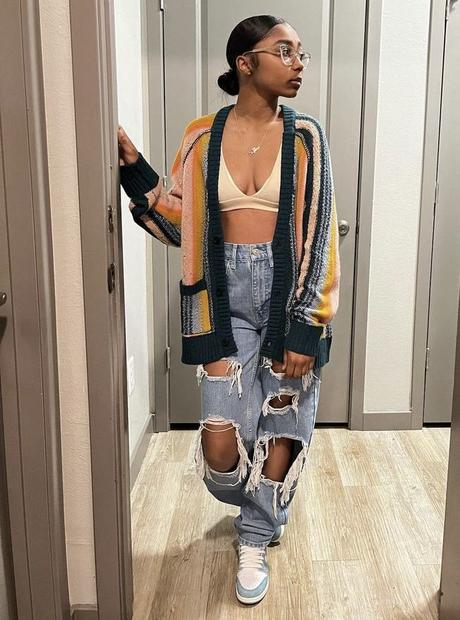
In spite of that in some cities the street fashion actually looks more Western than in the West.
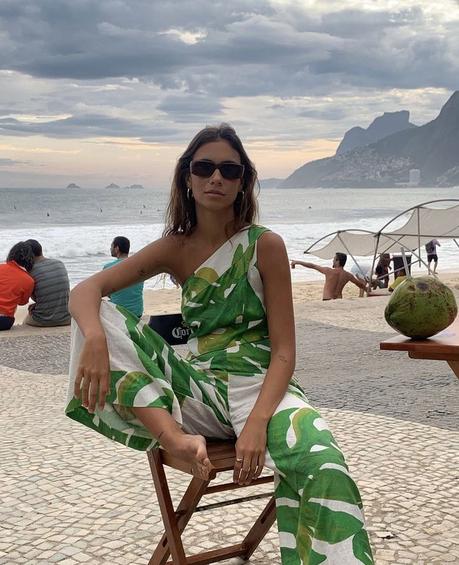
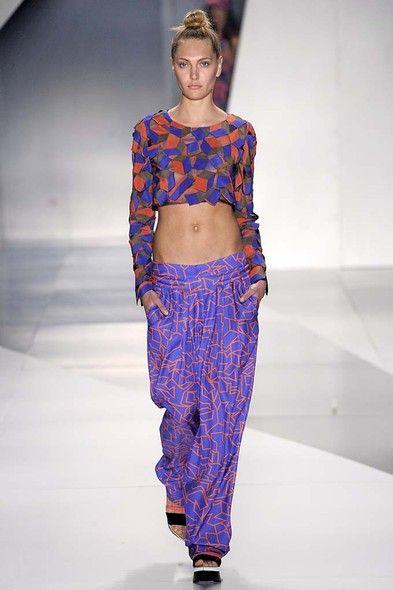
There are a lot of places that managed to hold to their own taste, though. Generally, that means wearing bright colors and bold patterns that have become iconic in the whole region. Latin America is known for its vibrant energy and the fashion captures the essence of their culture.
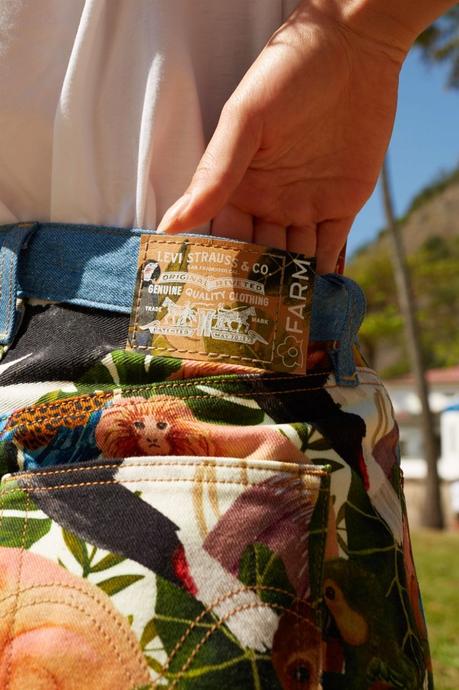
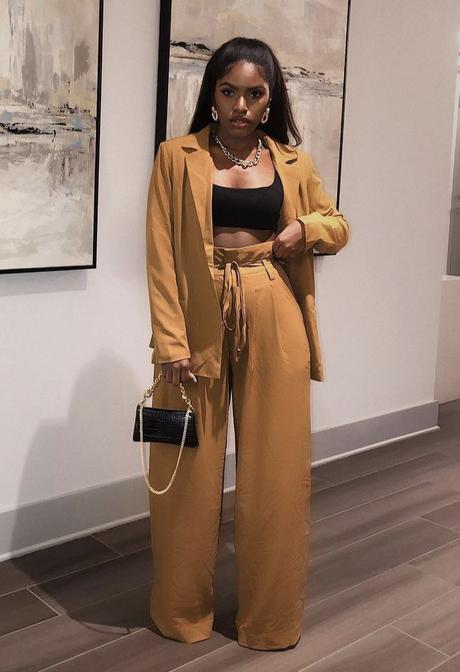
Middle East and North Africa
The Middle East and North Africa have some similar trends in terms of fashion when compared to Central Asia, mostly in the use of patterns.
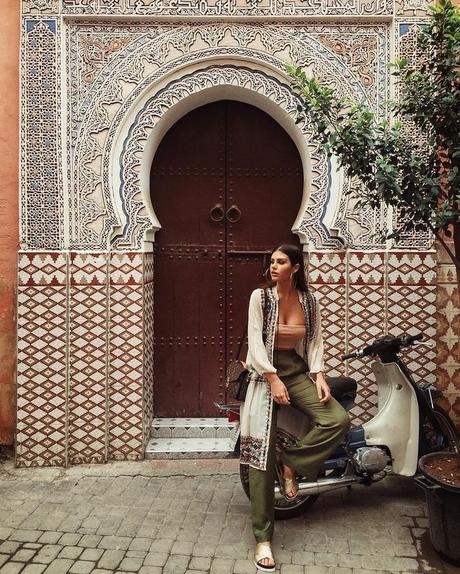
However there are some unique variations specific to each of these regions as well.
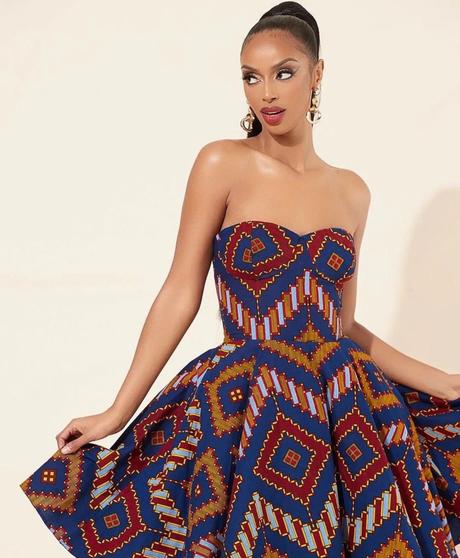
For example, hijab styling has become increasingly popular among young women in some regions. They style it to match their outfit when they want to express their faith while still looking fashionable at the same time.
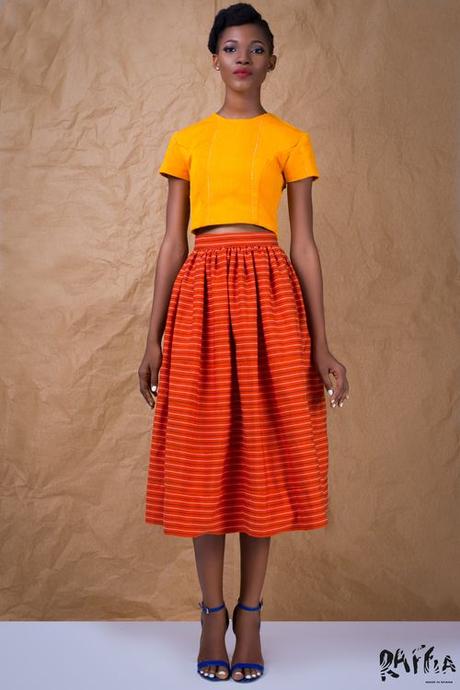
Japan & South Korea
Japanese fashion has been gaining global attention in recent years due to its unique aesthetic that encompasses everything from streetwear to high-end luxury design elegance.
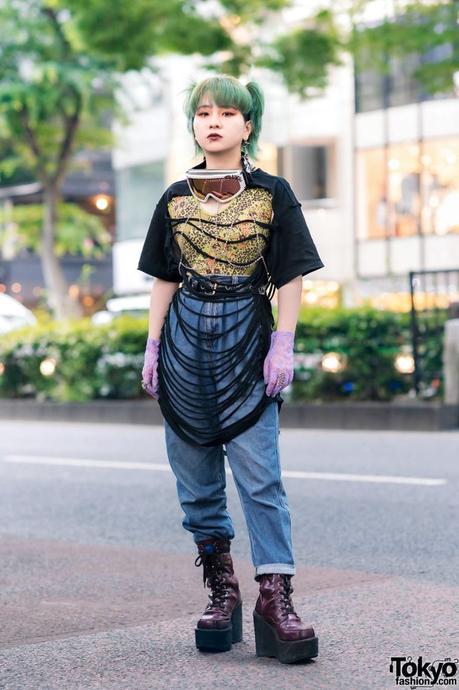
The best known Japanese export in terms of current trends is the kawaii aesthetic, of course, and apparently the Japanese don't mind: It's cute, it's friendly - that's not a bad image to have for the rest of the world, no matter what the reality is.

In the more traditional terms on the other hand, Japanese fashion emphasizes more subtle and intricate details such as layering, mixing textures and patterns, playing with silhouettes and creating an overall sense of balance within an outfit.
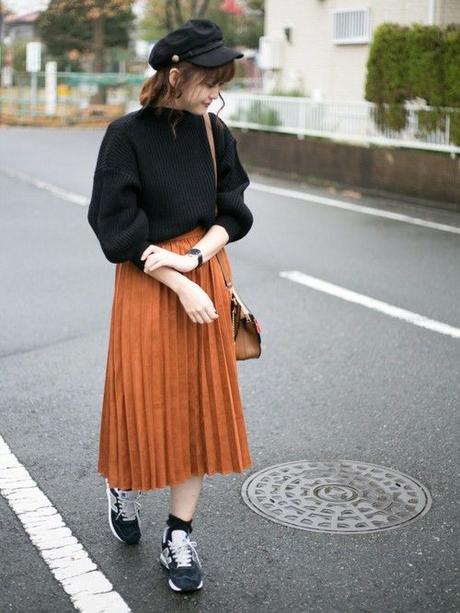
To put simply, in traditional East Asian fashion thinking, harmony is a more important concept than statement. Kawaii and Harajuku aesthetics break that, because they blend Eastern and Western influences together - which is fine too.
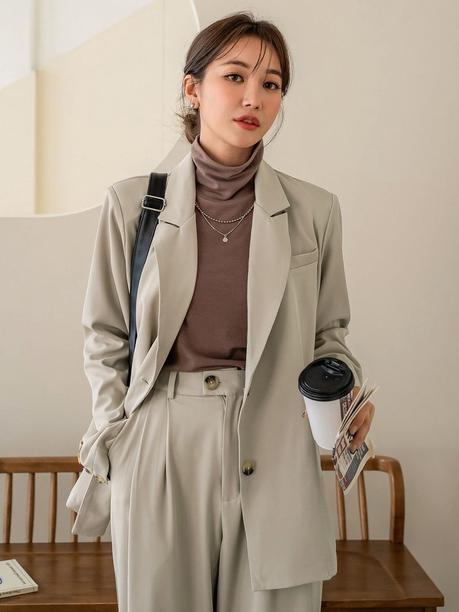
But if you're curious about the older ways of aesthetic thinking in East Asia, it was considered a good skill to combine colors well and to be able to choose colors that will suit your complexion.
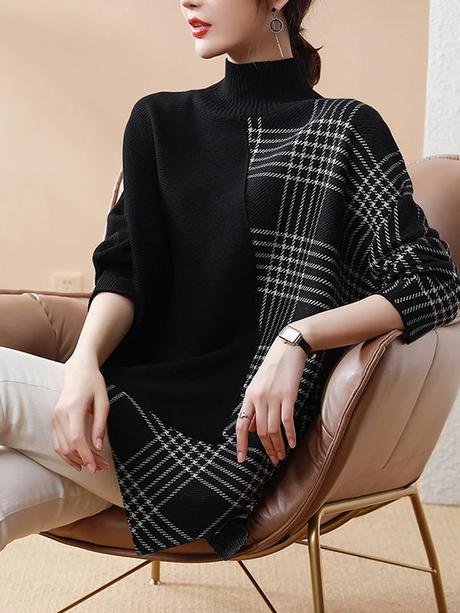
No matter where you go in the world, you will find people expressing themselves through their clothing choices in unique ways that reflect their culture's values and way of life. By exploring how different countries interpret fashion trends differently we can gain insight into each culture's history and customs which helps us better understand our differences while still appreciating our similarities too!

